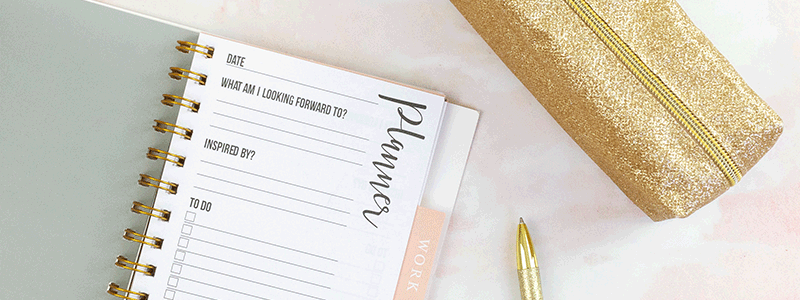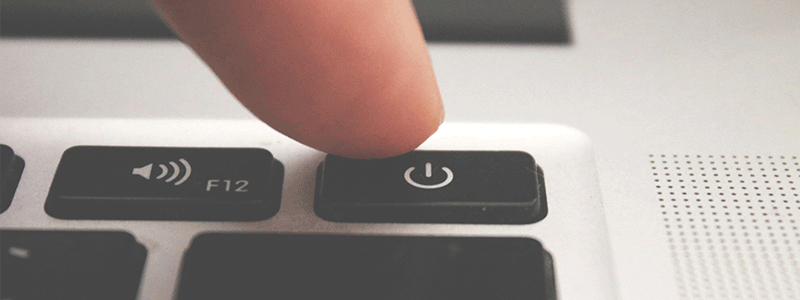The COVID-19 illness is proving that given the opportunity it will spread and spread fast. With this in mind, we are all taking as many precautions as possible to avoid picking up the virus; from constantly washing our hands, drinking as much water as possible, avoiding handshakes and even dabbing when coughing. Many workers (where feasible) are turning to remote working to help aid with social distancing. Companies are asking those who can work from home to take advantage of this to stop the spread of the Coronavirus.
Many organisations are testing the remote workforce strategy on several workers, whereas others have made their entire workforce work from home. Obviously, in many situations e.g. Manufacturing and Nursing, it’s not possible to take advantage of remote working.
How to perfect Remote Working
Remote working is a skill that must be learnt, as even though you need to complete the same work, you’re at home and that means it’s very easy to be distracted…it will be the only time that you notice the time on your oven isn’t correct! It’s also hard to get into the routine that you’ve become used to over the years.
So, how do avoid the distractions, stay focused and work to your usual standards? Well, let us help, here are a few helpful tips to making remote working a little easier.
Plan, Plan, Plan!
If you’ve never worked from home before, it can be hard to make the change. In a work environment, your day (even if you don’t really recognise it) is scheduled by many things. Even little things you don’t even think about, like Sharon’s 10am brew run or covering for Dave’s early lunch. All these things help your brain to schedule your workload across the day. However, take all these away and your daily plan is gone.

When remote working, it can be easy to lose time and productivity; trying to find those trainers you wanted or speaking to Joan about that noisy neighbour. In order to prevent this, the best thing you can do is to schedule your day and make a plan that you must stick to – as if you were in the office. Keep your standard morning routine, work like you would usually and stick to your daily schedule.
Create your own home office
Finding the right place to work is vital, it needs to be a place that’s comfortable (not too comfortable, so get out of bed!) and makes you feel like working. If you haven’t worked remotely before you probably won’t have a home office and you may need to create yourself a working environment.

If there are other people in the house, you need to be able to close a door when you need quiet. You also need to be sat in a comfortable position, as you don’t want to be aching halfway through your first day! Assign yourself a clean and comfortable area to work, this will help you to concentrate and acclimatise to remote working.
Communication is KEY
The key to any successful business is good communication amongst its workforce, so a common fear about working from home is being kept out of the loop. This is why it is doubly important that when remote working, you make communication one of your priorities. As you’re no longer a ‘pssst’ away from your co-workers, it’s now part of your job to stay in touch, to check-in, and have weekly chats about projects, goals or even a quick how you’re getting on.

It may seem easy to stay in touch via email but try – when possible – to pick up the phone or have video calls with your team. Not everything can be said over emails and it can become a little rigid. We’ve all accidentally read an email a different way as to how it was intended: “Have you seen this email from Steve? HOW DARE HE!”
It’s always easier and sometimes better to have a conversation, this will remove any miscommunication and also help you stay in the loop – after all you may be home alone, but you’re still working as part of a team.
Don’t lose focus
Be honest with yourself, it’s impossible to work to full capacity from 9 till 5, you will at some point burn out. Think about how you work in the office, there are times when things are urgent, and you get your head down and power through. However, you will always work in bursts, with little breaks throughout for a brew, banter or just to stretch your legs.

Unfortunately, remote workers can find it hard to stay focused and those leg stretches can even turn into fixing that wonky shelf! A great solution to this is to set yourself focus times. Use your phone to time out 35 minutes of focused work and once you achieve it go make a brew, rest your eyes for 5 minutes or get a breath of fresh air and return. If you keep using this technique, it soon becomes the norm.
Try to enjoy your workday
Many people perceive working from home as skiving and a chance to do less work. When in realisation it’s the people remote working that push themselves harder to overcompensate and usually work longer hours. This is a problem that needs to be addressed, your company is asking you to remote work due to self-isolation so don’t feel bad about it. If you’re making yourself work harder and longer and your home has become your office, sooner or later you’ll hit the wall.

You need to make a divide between working at home and home itself. Do this by taking your allocated breaks, have a full lunch break away from the computer and also take a walk if you can. If you are self-isolating you won’t be able to go and see friends, but you can certainly FaceTime them on your lunch and catch up with the gossip. Remote working brings with it flexibility, so take advantage of it. Don’t let the line between work and home disappear.
Give yourself a time to log-off
Knowing when to log-off is a big problem for those working from home, especially for those individuals who have company emails on their personal phones. Emails and requests can be sent at any time (most of the time the people sending them are doing so they won’t forget, and they don’t expect an answer until the following day). However, when your laptops just there, it can be hard to resist checking in.

It’s important as mentioned earlier to schedule your day, which means having an agreed logging-off time. With additional flexibility, you can start and finish earlier or later. But make sure to log-off at a sensible hour and give yourself sufficient downtime.
Follow our tips and you should be OK. Many people suggest dressing for work as you would for the office, but others love the freedom to be in comfy clothes whilst working – so we’ll leave this up to you. Hopefully we can keep the Coronavirus spreading down and in time we’ll all be back in the office for Sharon’s brews and Steve’s confusing emails.
Stay safe everyone!